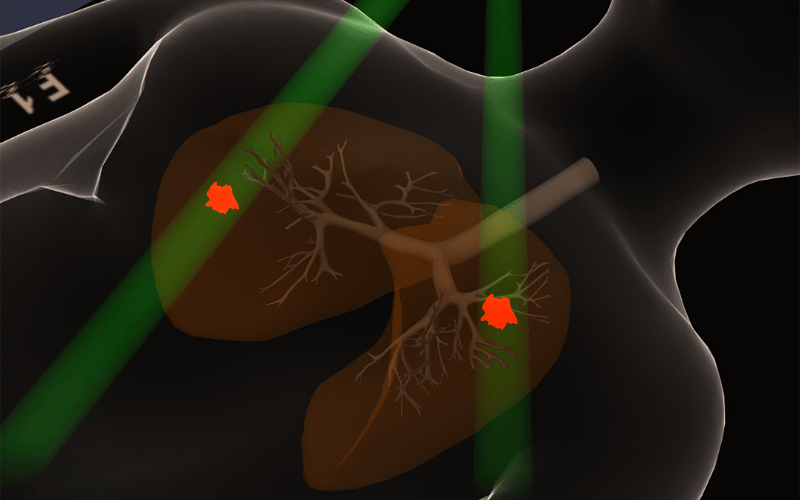4. Large Cell Neuroendocrine Tumors: The Rare Complexity

Here’s a paradox for you: Large Cell Neuroendocrine Tumors (LCNET) are both rare and aggressive. Representing a minuscule fraction of lung cancers, these tumors are an enigma wrapped in a riddle. Despite their rarity, their aggressive nature means they can’t be ignored.
At the cellular level, LCNET is an interesting blend. It resembles large cell carcinomas but acts more like small cell lung cancers in terms of growth and spread. This duality makes LCNET an intriguing area of study for oncologists and researchers alike.
When it comes to symptoms, LCNET is not one to send out early warning signals. More often than not, by the time symptoms like coughing or chest pain manifest, the cancer has already advanced. This silent progression is a hallmark of this particular type of lung carcinoma.
One of the most challenging aspects of LCNET is its treatment. Because it bears characteristics of both non-small cell and small cell types, a tailored approach is usually required. This often involves a combination of chemotherapy and surgical intervention, much like the more common forms of lung carcinoma.
What sets LCNET apart is its rarity and complexity. The paucity of cases means less data is available for research and treatment planning. This creates a cloud of uncertainty around the best courses of action, making each diagnosed case a unique challenge for both patients and healthcare systems. (4)